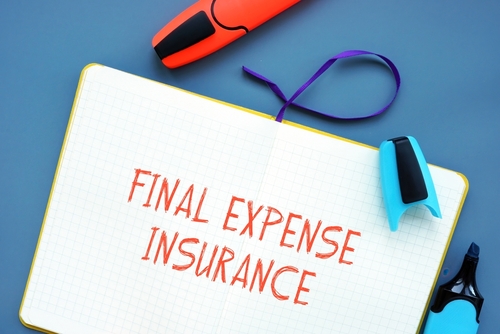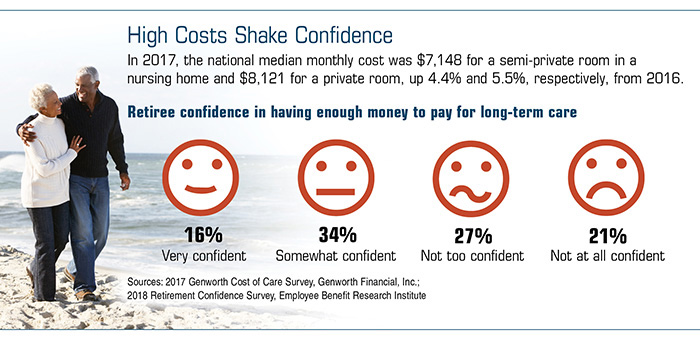Some Ideas on Pacific Prime You Need To Know
Some Ideas on Pacific Prime You Need To Know
Blog Article
What Does Pacific Prime Mean?
Table of Contents9 Simple Techniques For Pacific PrimeThe 10-Minute Rule for Pacific PrimeThe Facts About Pacific Prime UncoveredWhat Does Pacific Prime Mean?Pacific Prime for Dummies

This is since the data were gathered for a period of strong economic performance. Of the estimated 42 million individuals that were uninsured, almost about 420,000 (about 1 percent) were under 65 years old, the age at which most Americans end up being qualified for Medicare; 32 million were grownups between ages 18 and 65, about 19 percent of all adults in this age; and 10 million were youngsters under 18 years of age, concerning 13.9 percent of all youngsters (Mills, 2000).
These quotes of the number of individuals without insurance are generated from the yearly March Supplement to the Present Population Survey (CPS), conducted by the Census Bureau. Unless otherwise kept in mind, nationwide price quotes of individuals without medical insurance and proportions of the populace with different kinds of protection are based on the CPS, one of the most widely utilized source of quotes of insurance protection and uninsurance rates.
Examine This Report about Pacific Prime

Still, the CPS is especially useful because it generates annual price quotes relatively promptly, reporting the previous year's insurance coverage approximates each September, and since it is the basis for a constant collection of estimates for even more than twenty years, permitting for analysis of trends in protection with time. For these factors, along with the considerable usage of the CPS in various other research studies of insurance protection that exist in this report, we rely upon CPS price quotes, with limitations noted.

The quote of the number of without insurance people broadens when a population's insurance status is tracked for numerous years. Over a three-year duration beginning early in 1993, 72 million individuals, 29 percent of the united state populace, lacked insurance coverage for a minimum of one month. Within a solitary year (1994 ), 53 million people experienced at the very least a month without coverage (Bennefield, 1998a)
Six out of every ten without insurance adults are themselves employed. Functioning does improve the likelihood that one and one's household members will have insurance coverage, it is not a guarantee. Also participants of families with two full-time wage income earners have almost a one-in-ten opportunity of being uninsured (9.1 percent without insurance rate) (Hoffman and Pohl, 2000).
The Facts About Pacific Prime Revealed
New immigrants make up a substantial proportion of people without wellness insurance policy. One evaluation has actually attributed a considerable part of the recent development in the dimension of the U.S. without insurance population to immigrants who arrived in the nation in between 1994 and 1998 (Camarota and Edwards, 2000). Current immigrants (those who concerned the United States within the past 4 years) do have a high rate of being without insurance (46 percent), but they and their kids represent just 6 percent of those without insurance policy nationally (Holahan et al., 2001).
The connection between medical insurance and access to care is well established, as documented later in this phase. The partnership in between wellness insurance coverage and wellness outcomes is neither direct neither straightforward, a substantial medical and health services research literature links wellness insurance policy protection to better access to care, far better top quality, and enhanced personal and populace health and wellness status.
Levels of evaluation for taking a look at the effects of uninsurance. This discussion of health insurance protection concentrates mainly on the united state populace under age 65 because practically all Americans 65 and older have Medicare or other public insurance coverage. It focuses particularly on those without any health insurance coverage for any type of size of time.
How Pacific Prime can Save You Time, Stress, and Money.
The problems encountered by the underinsured are in some aspects similar to those faced by the without insurance, although they are typically less serious. international travel insurance. Uninsurance and underinsurance, nonetheless, entail noticeably different policy issues, and the methods for addressing them may differ. Throughout this research study and the 5 records to follow, the major focus is on individuals without any wellness insurance and hence no support in spending for health care past what is offered through charity and safeguard organizations
Medical insurance is an effective aspect affecting invoice of treatment since both clients and doctors react to the out-of-pocket rate of services - https://www.pinterest.com/pin/1093741459520423720. Wellness insurance coverage, nevertheless, is neither required neither adequate to access to clinical services. The independent and direct result of health and wellness insurance coverage on accessibility to wellness services is well developed.
Others will get the healthcare they require even without medical insurance, by paying for it expense or seeking it from suppliers that use treatment cost-free or at highly subsidized prices. For still others, health insurance alone does not make certain invoice of treatment as a result of various other nonfinancial obstacles, such as a lack of health and wellness care companies in their neighborhood, minimal access to transportation, illiteracy, or linguistic and cultural differences.
The Greatest Guide To Pacific Prime
Formal study concerning more uninsured populaces in the United States dates to the late 1920s and very early 1930s when the Board on the Expense of Medical Care produced a series of reports concerning financing medical professional workplace gos to and hospitalizations. This issue became significant as the varieties of clinically indigent climbed up during the Great Clinical depression.
Report this page